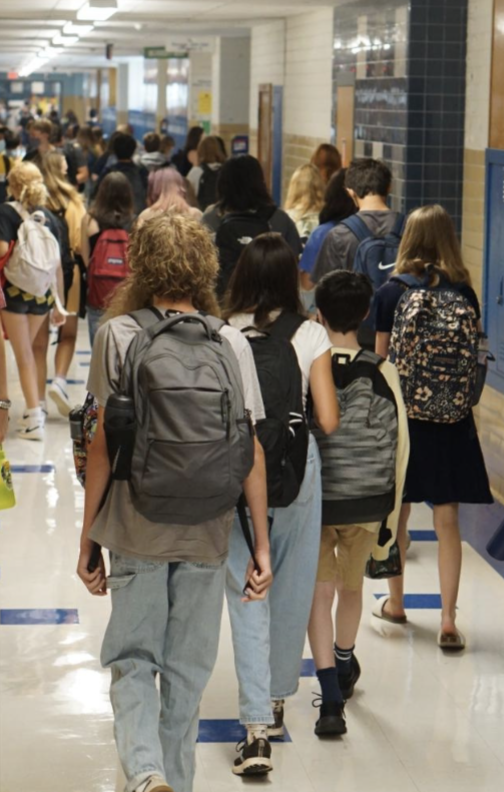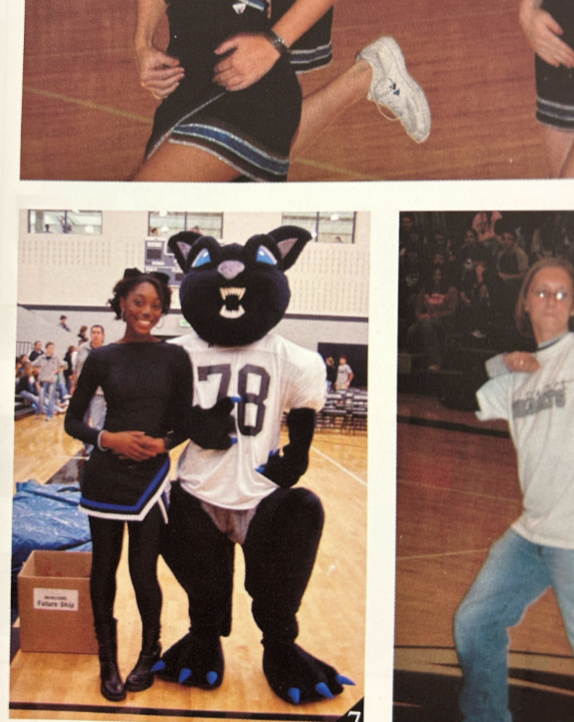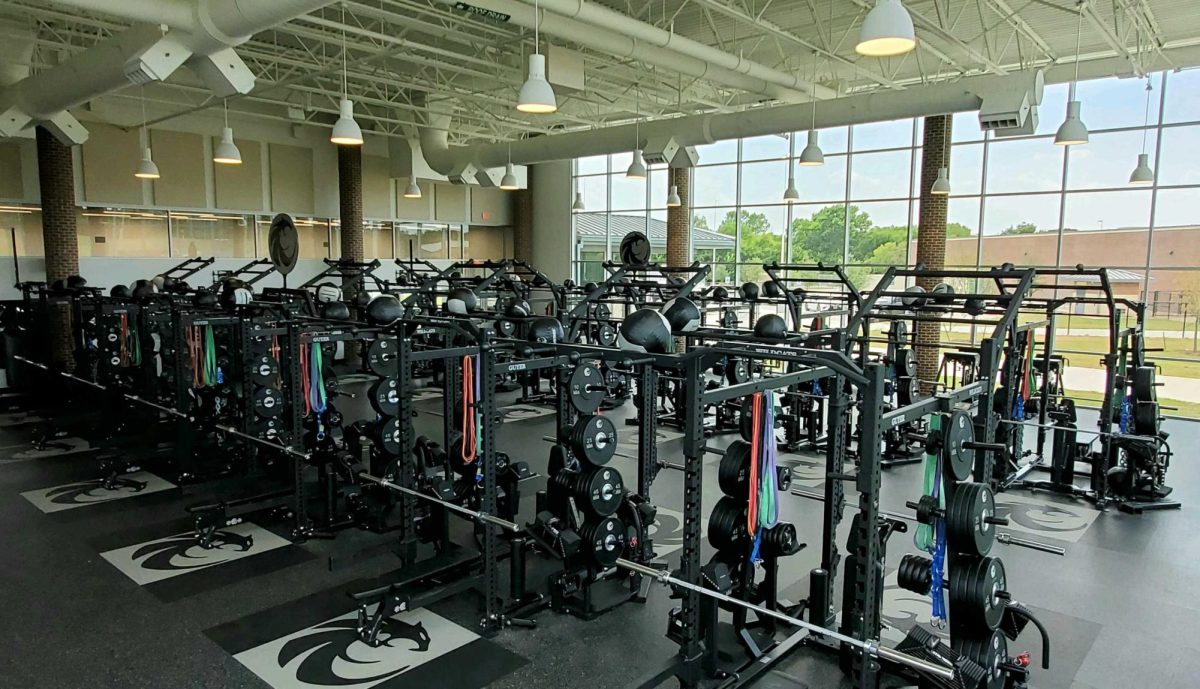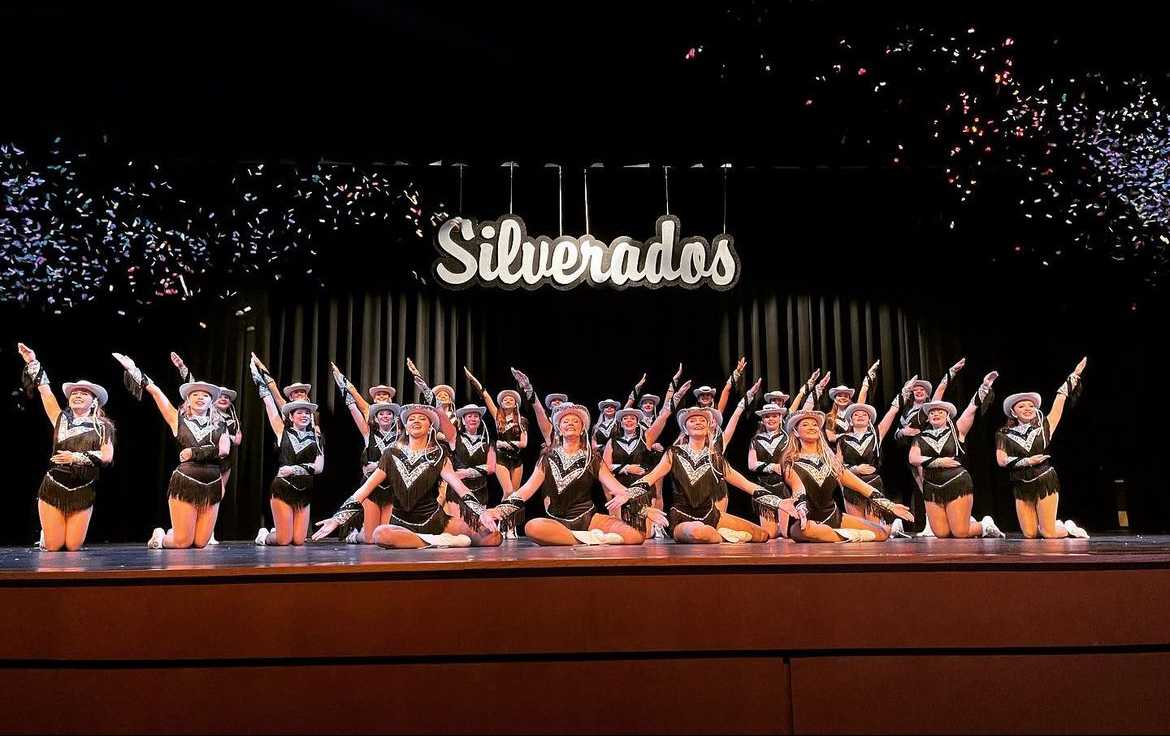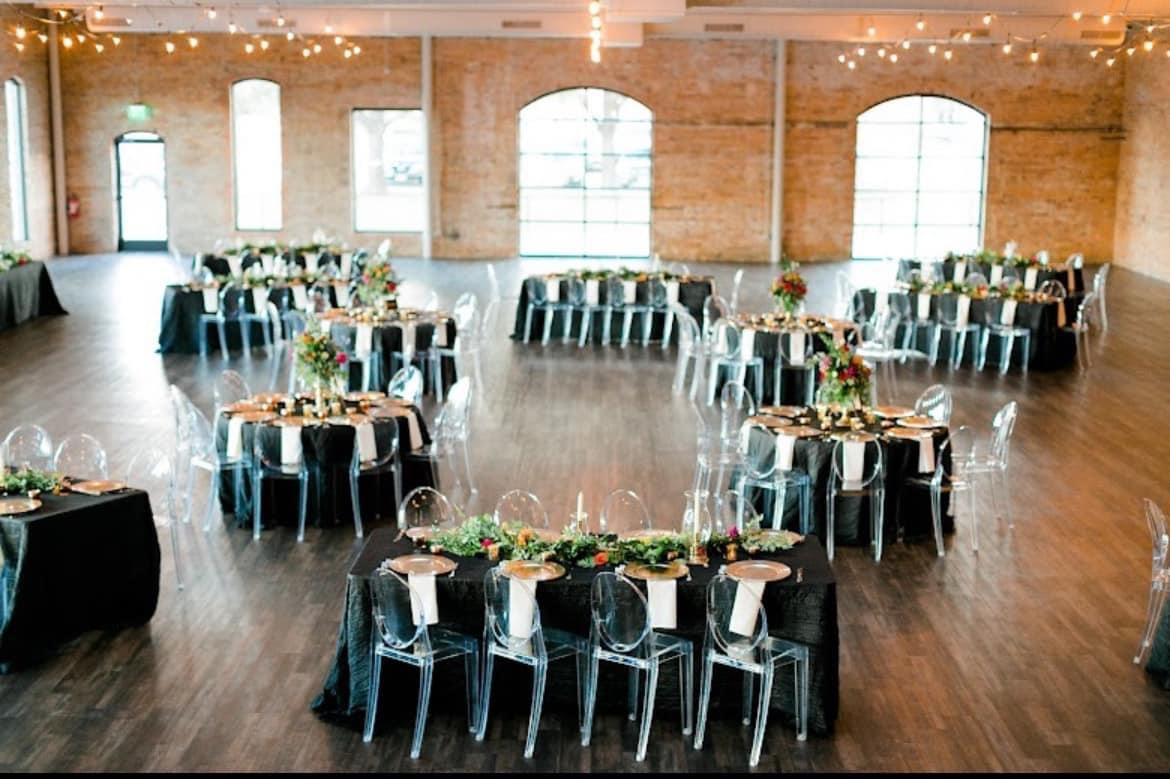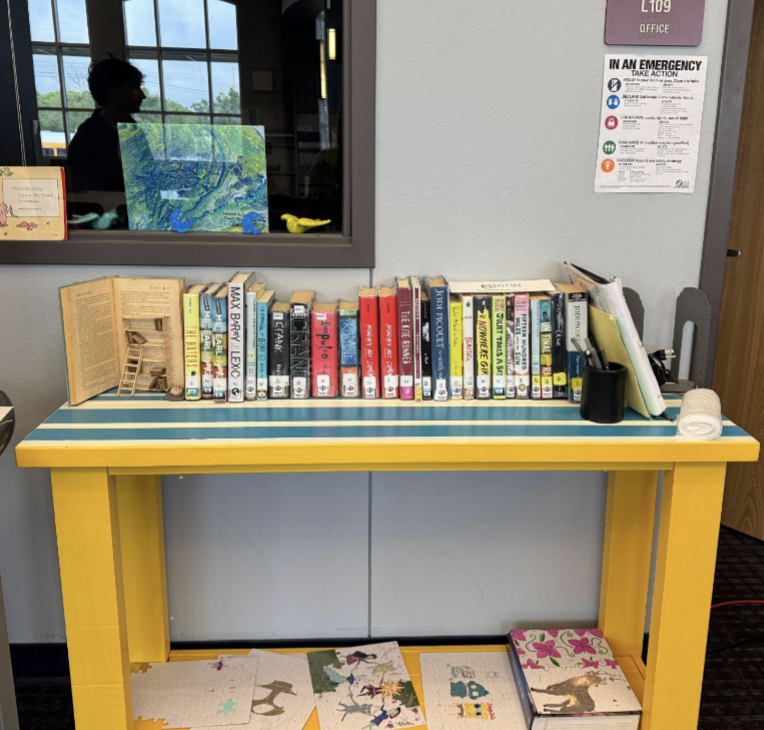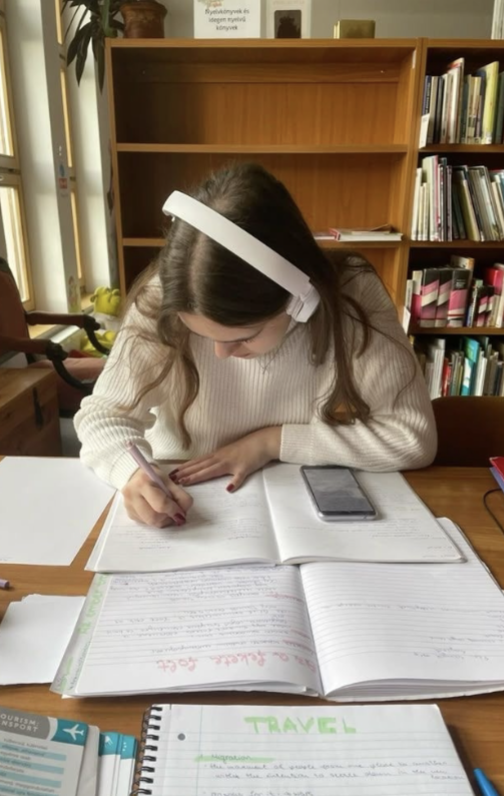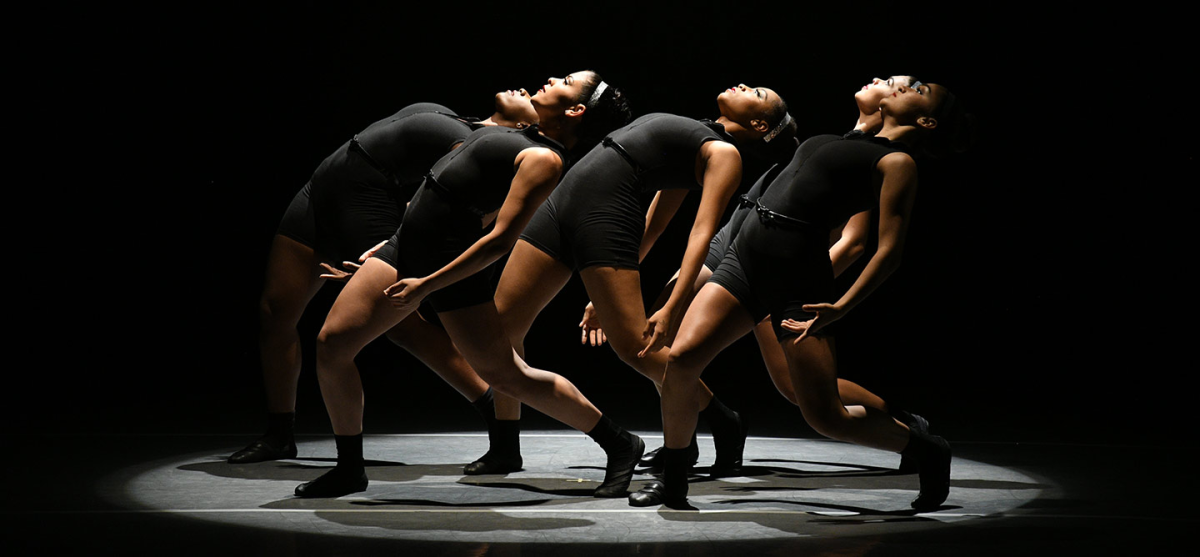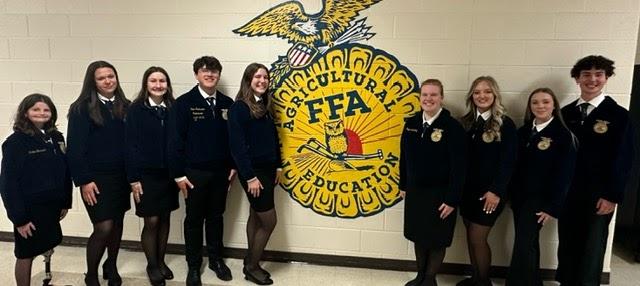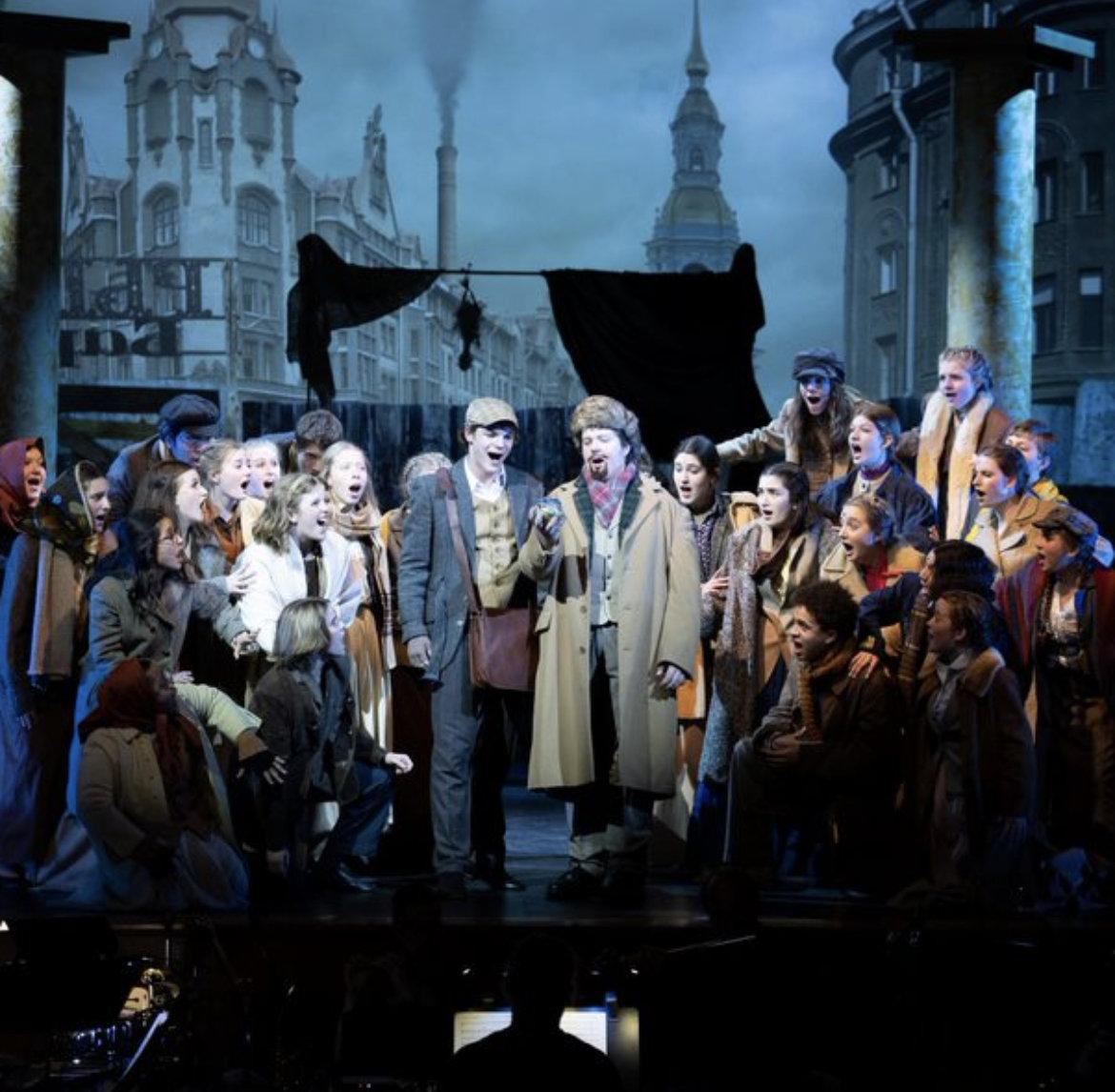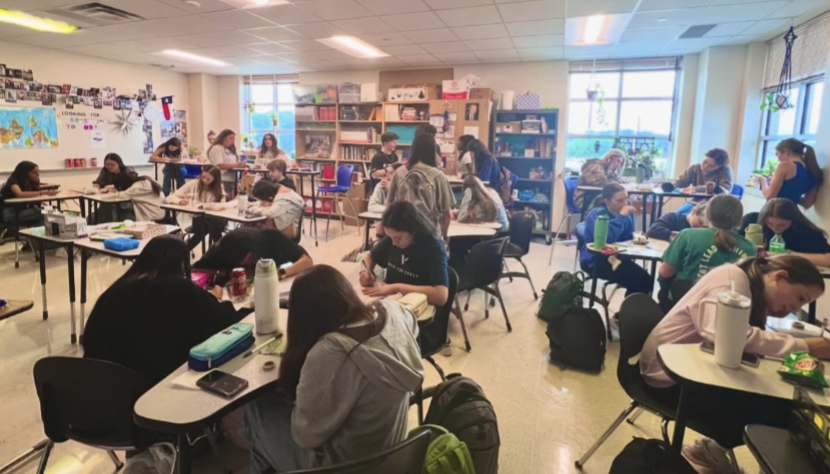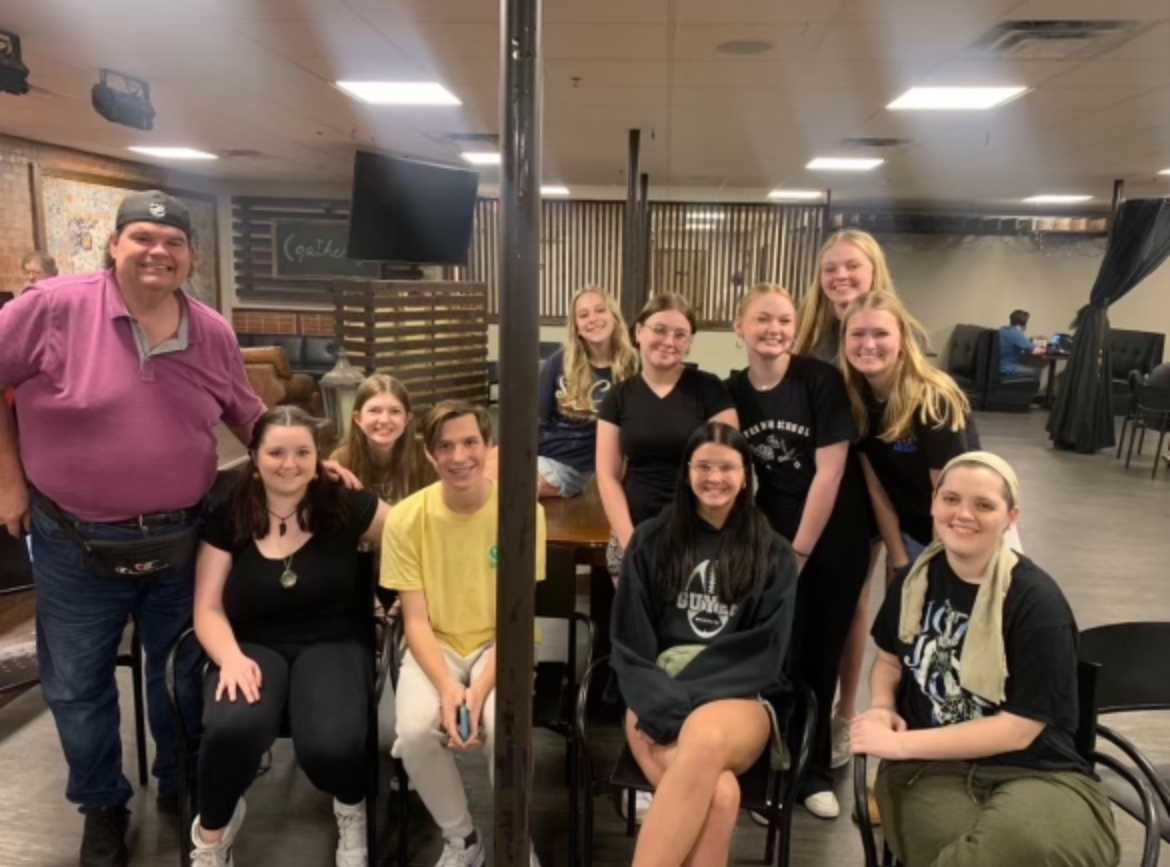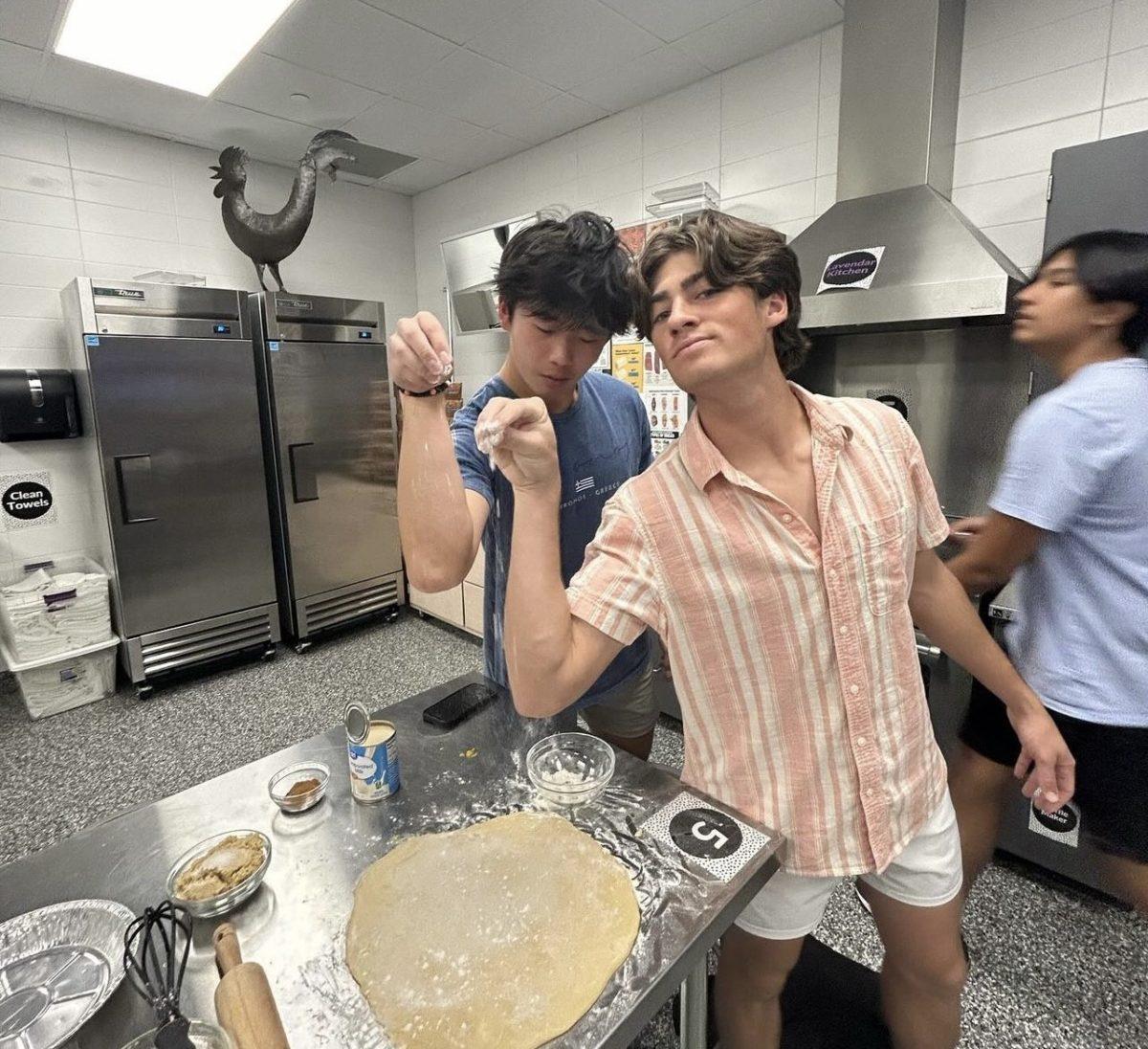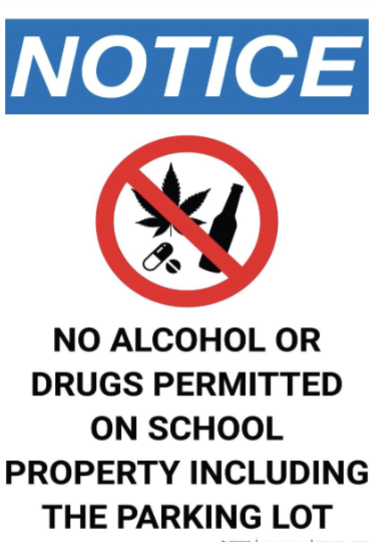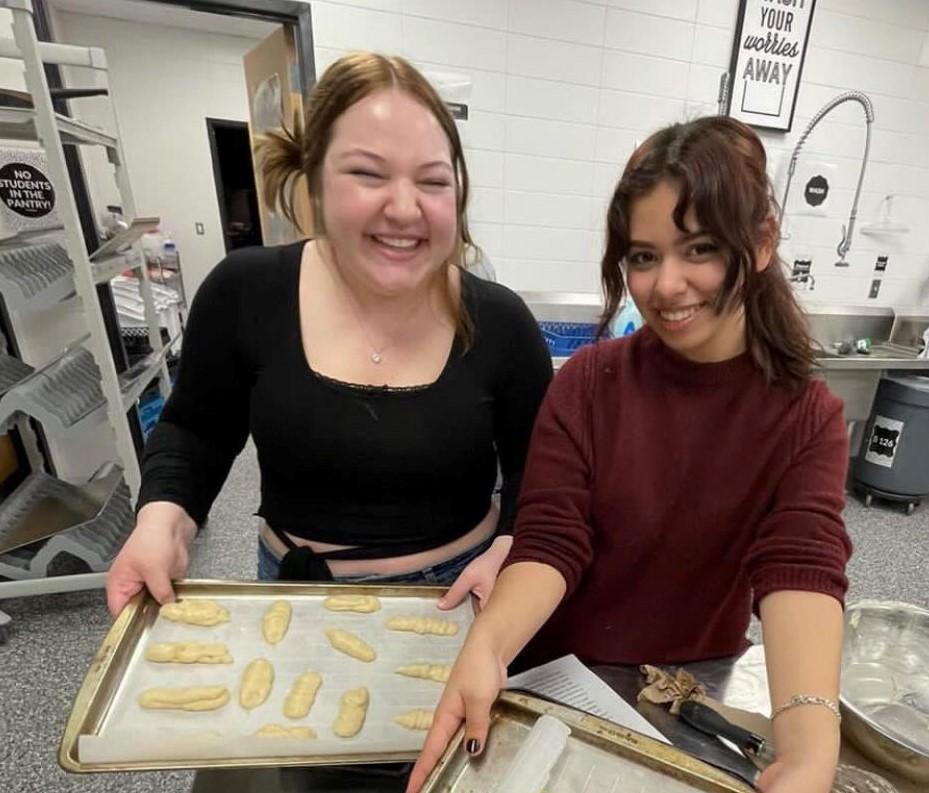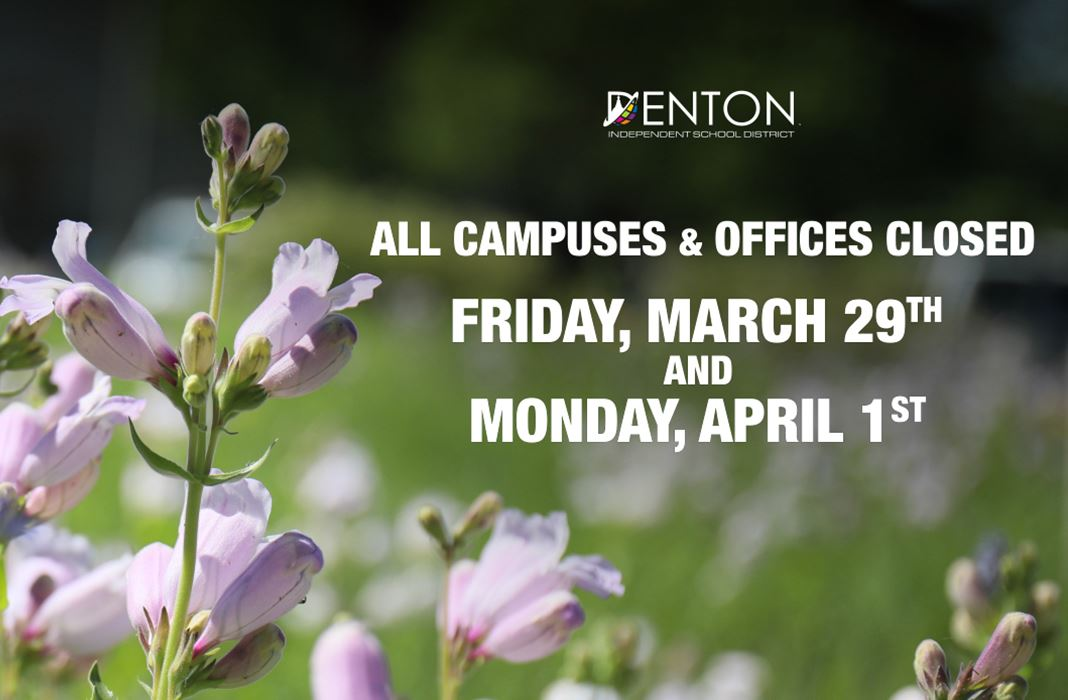By: Sophia Sutton, Staff Reporter
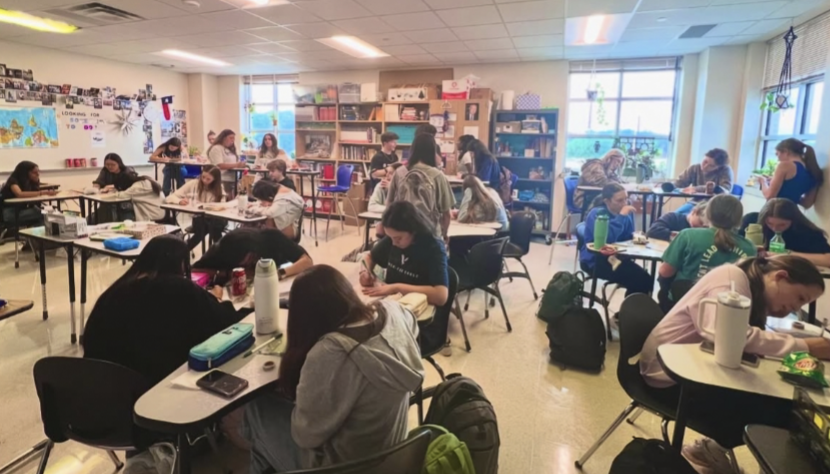
Starting a club at Guyer is an easy way to find a community full of people with similar interests, and students have taken this opportunity to be a founder.
Starting and joining clubs can have many benefits: students can find community, develop skills, find new interests, and build social networks.
Clubs also look good to colleges on applications as they give students a well-rounded portfolio. Some offer opportunities for volunteering, and officer positions can show their leadership skills, readiness for involvement, and dedication to their passions.
The first step to take when creating a club is brainstorming ideas. Students should take something they’re passionate about and turn it into something that can be done in a group setting.
Senior Madeline Mortl, the founder of Lovely Letters, turned her love for creating deep connections with others into a pen-pal-style club during her sophomore year.
“Words of affirmation have always been my love language, but I wanted to spread this love I knew I and so many others had through physical writing that seemed to be dying in a world of texting and social media,” Mortl said.
To become an official club, students have to fill out a form that includes having a sponsor and meeting dates. Public school clubs must be student-initiated, meaning students must decide to form a club and ask a teacher to sponsor them.
Kate Gengo, who teaches AP Human Geography and AP Government, is the sponsor of the Lovely Letters and Gender Sexuality Alliance (GSA) club. Her role as a sponsor is to coach them into becoming effective leaders for their club. Her advice for picking a good sponsor:
“Don’t think that you have to pick somebody that has a background in that subject area or has necessarily had experience doing that specific thing,” Gengo said.“Just find a teacher that you think would be a good mentor for your leadership.”
It would also be a good idea for students to brainstorm events and activities for club meetings. This can take last-minute stress out of the picture and help begin forming a schedule for regular meetings.
“We start by brainstorming what groups we’d want to write to for the entire year and who we think would really benefit from a handwritten message,” Mortl said.
The most common school clubs in America are centered around hands-on activities that spark creativity and niche topics that fuel the mind. The former can include things like an art club, a photography club, or a baking club, while the latter might involve a foreign language club, a robotics club, or a history club.
Forming a club isn’t just beneficial for the founder. It also benefits the members and sponsors. A sense of community grows in everyone. Mortl describes her favorite memory with Lovely Letters, during a meeting where they painted holiday cards for their loved ones.
“Everyone was focused but at ease, creating something personal in a space that felt warm,” Mortl said.
Gengo details the rewarding result of sponsoring clubs.
“I love my classes, I love what I teach, but I also like seeing students doing what they enjoy outside of academics,” Gengo said. “I get to see a different version of students.”
School clubs aren’t just for college applications. They connect students and teachers in ways that are not possible during the normal school day. The ability to make whatever students want into a club is their greatest opportunity for growth in leadership and relationships.
https://www.princetonreview.com/college-advice/joining-high-school-clubs

